Like in human societies, great connections can be found between diverse members of the animal kingdom. Symbiotic relationships, or relationships in which two species of animals interact in a mutually beneficial way, abound in the marine environment. Take a look at a few of these unique relationships with animals found in our Aquarium!
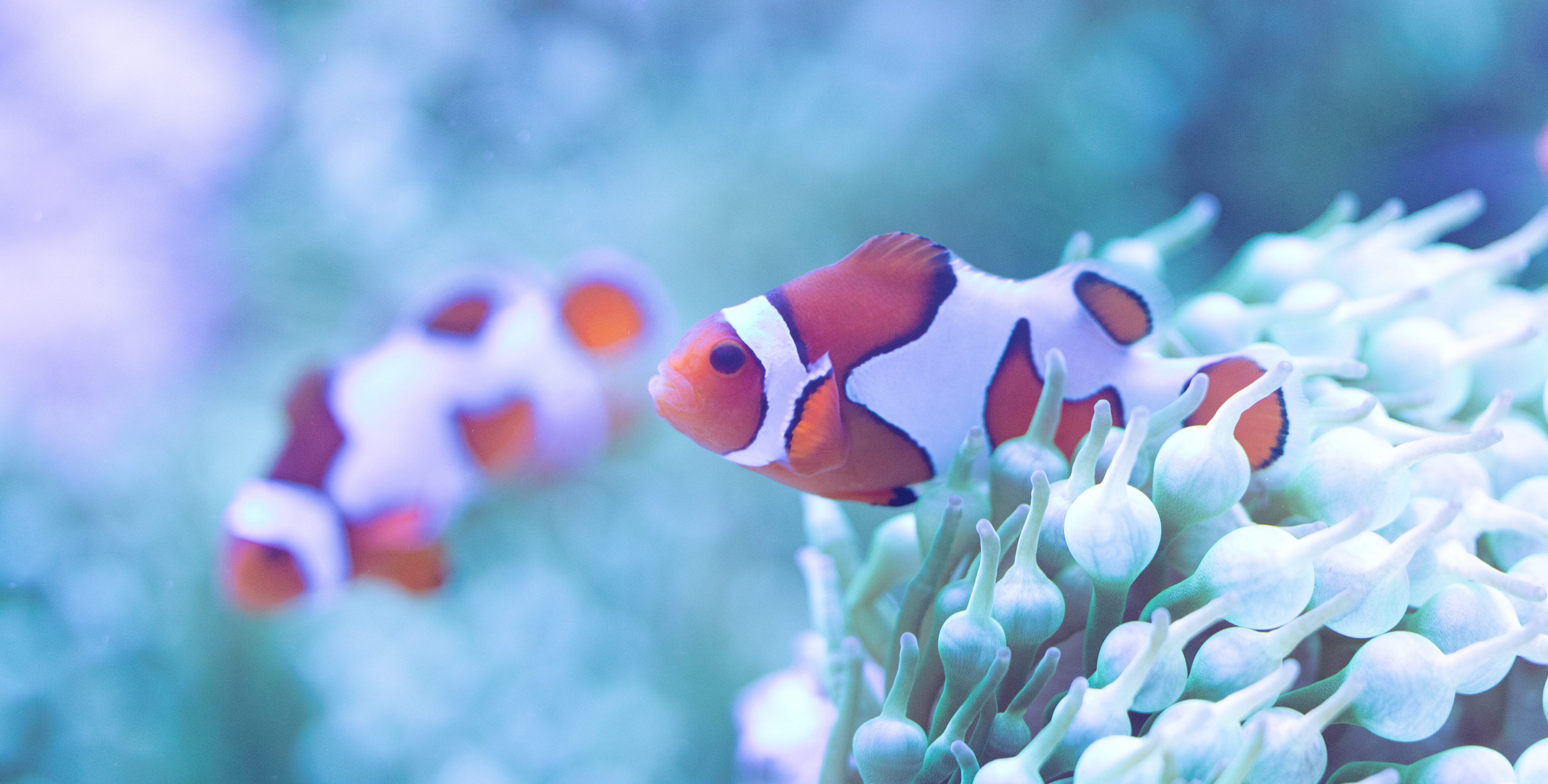
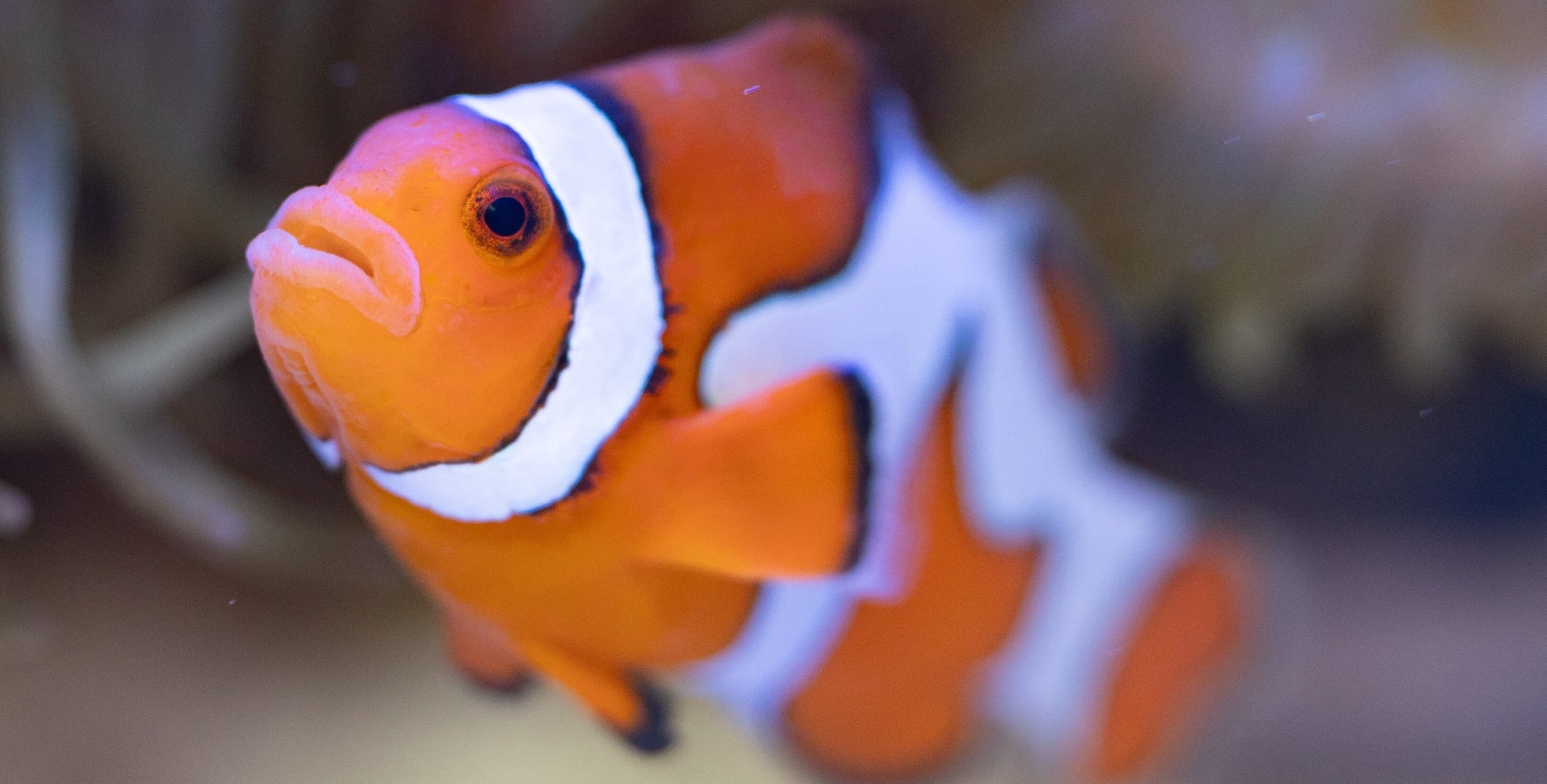

Clownfish & Anemones
Sea anemones are a type of invertebrate related to jellies, and attach themselves to coral reefs with their stinging tentacles facing out into the ocean. Clownfish make their home among these tentacles , with mucus excreted from their skin making them resistant to the stings. The anemones can feed off of clownfish waste, while they both provide each other protection: the clownfish protect the anemones from other animals looking to eat them, while the anemones’ tentacles protect the clownfish from their own predators!
See these species yourself at the North Building! Guests can view this relationship in action in our Coral Aquarium just past our Red Sea Tunnel, as well as our Coral Lab in the Cold Water Gallery.
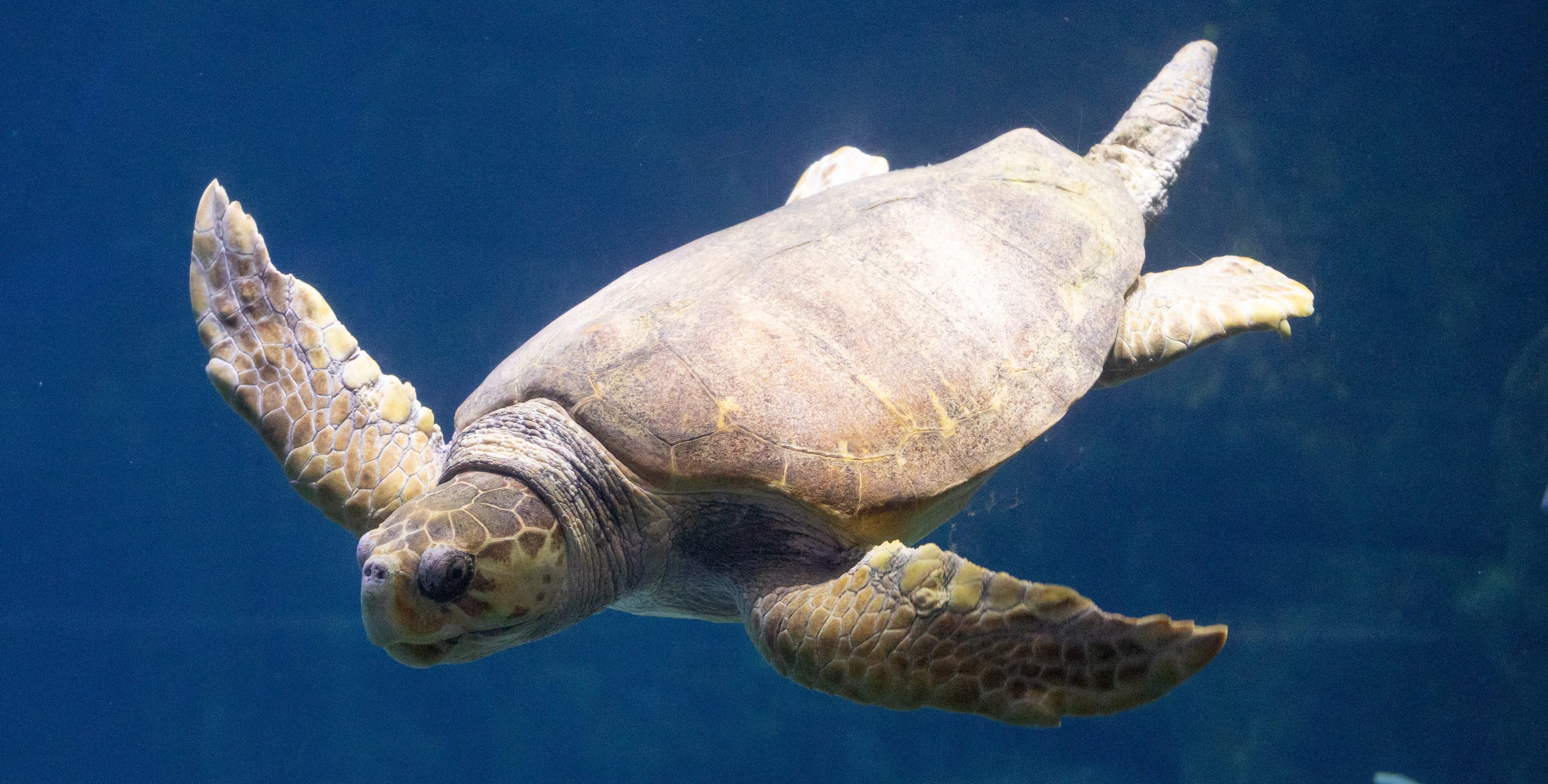
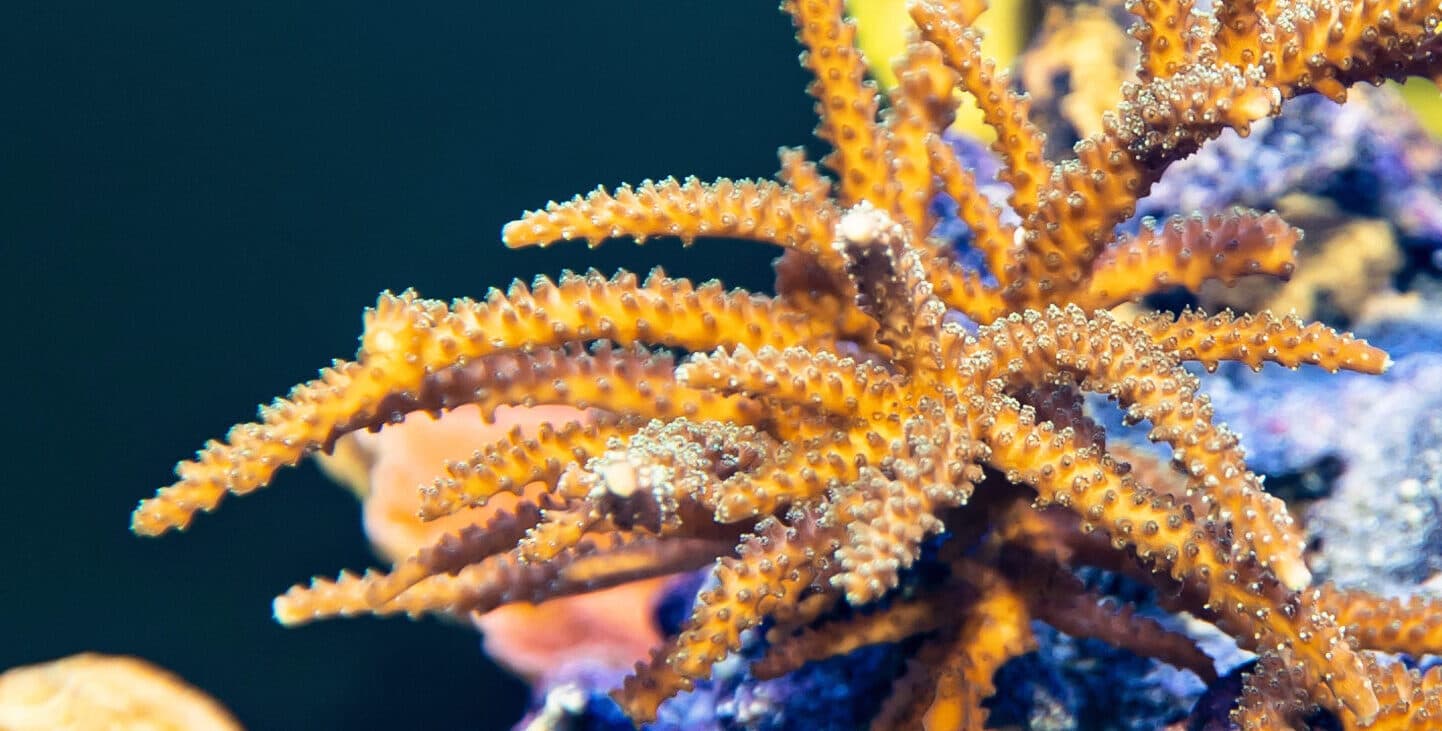
Sea Turtles & Coral Reefs
Sea turtles enjoy a mutually beneficial relationship with coral reefs as a whole! Although sea sponges are a vital part of coral reef ecosystems, too many sponges on a reef can crowd out other coral species. Sea turtles, especially hawksbill turtles, will eat sea sponges off reefs and keep their populations in check, allowing other organisms space to attach, grow, and thrive. Reefs also provide shelter and protection for turtles, particularly during their early life when they’re more vulnerable to predators.
Our sea turtles and corals can be found in the North Building. The female turtles reside in our Light Tower Aquarium, while our male loggerhead, 25, lives in our Norfolk Canyon Aquarium with our large sharks. You can find our live corals in the Coral Lab section of our Cold Water Gallery!
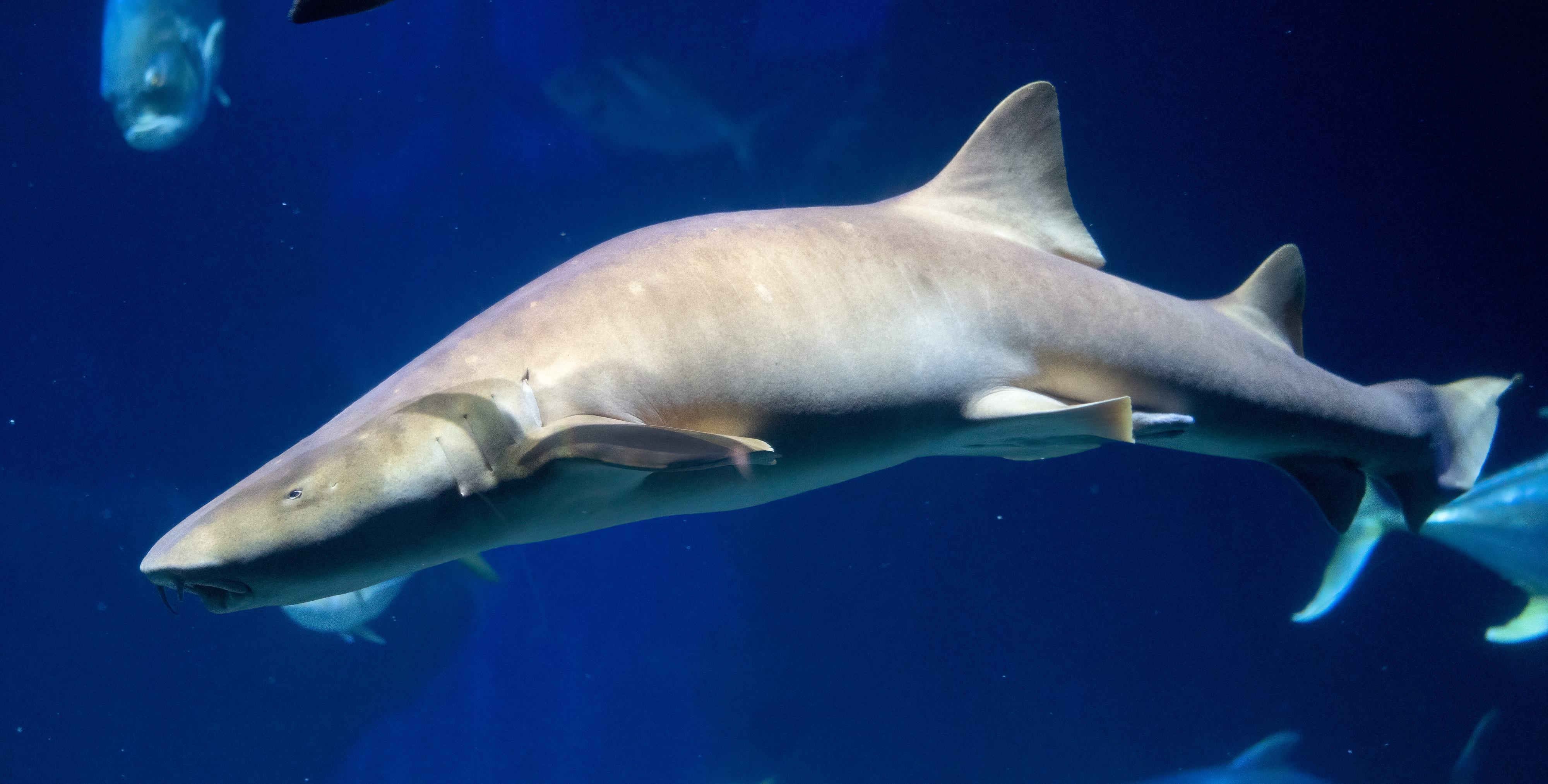
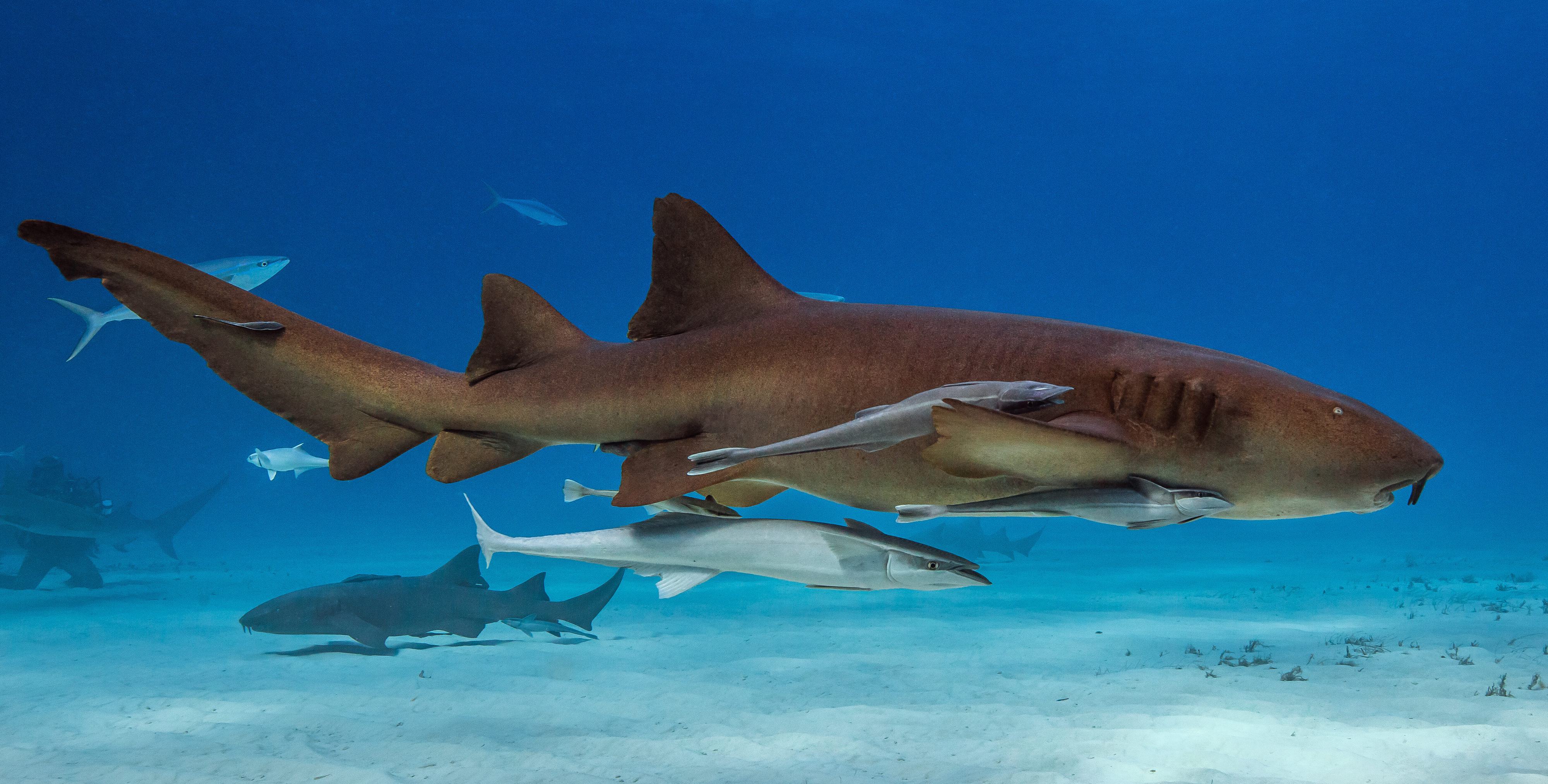
Sharks & Remoras
Large shark species in the ocean often play host to remoras or “suckerfish” that have a special organ like a suction cup on their undersides. Remoras will use this organ to suction themselves to the skin of a shark swimming by. Although this might seem parasitic, the shark is not harmed by tagalong remoras – in fact, its health can improve with these added passengers! A remora feeds by consuming both stray scraps of prey that the shark hunts, as well as any parasites that it finds on the shark’s skin or in its mouth. The result: a well-fed remora and a clean shark!
Although we do not have remoras in residence (the image above at right is of animals in the ocean), our Aquarium is home to Homer the nurse shark and other large shark species at the North Building in the Norfolk Canyon Aquarium.
